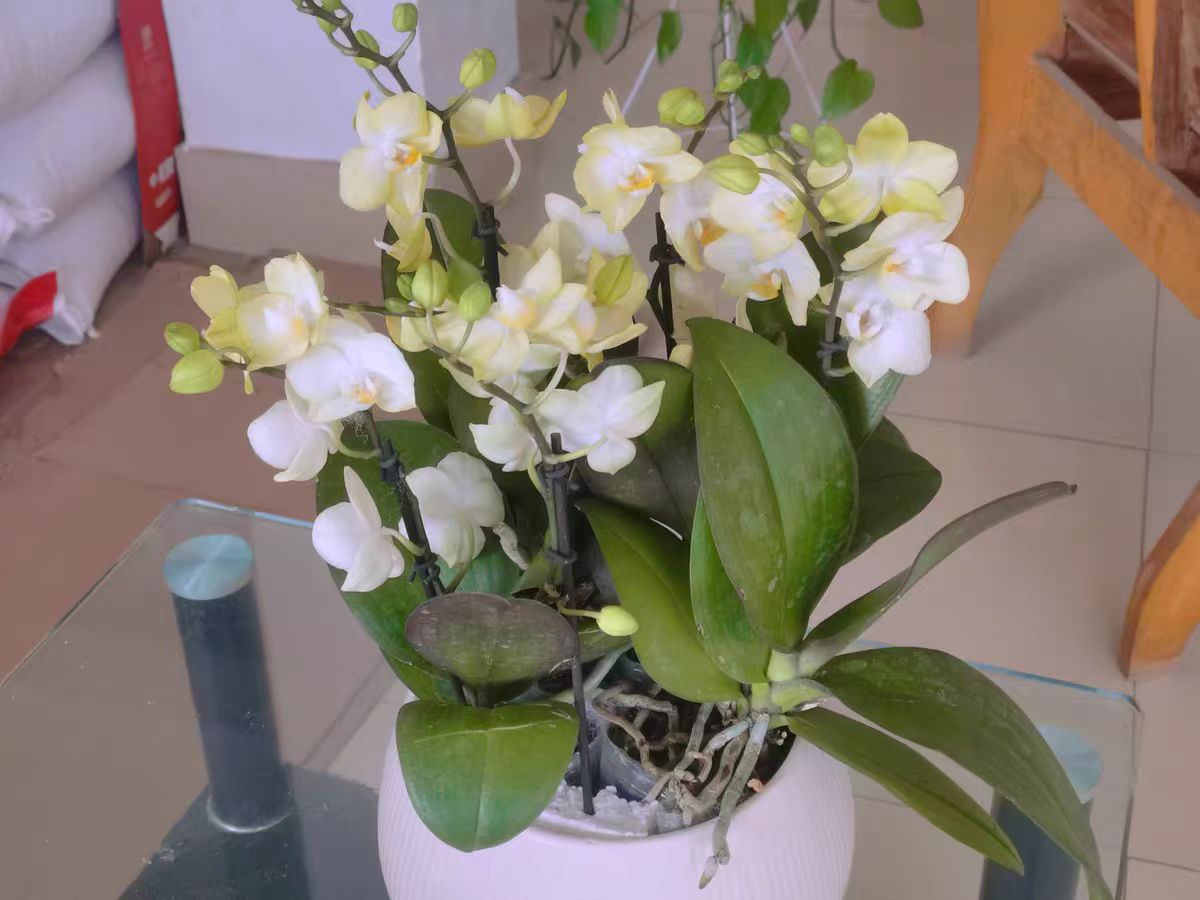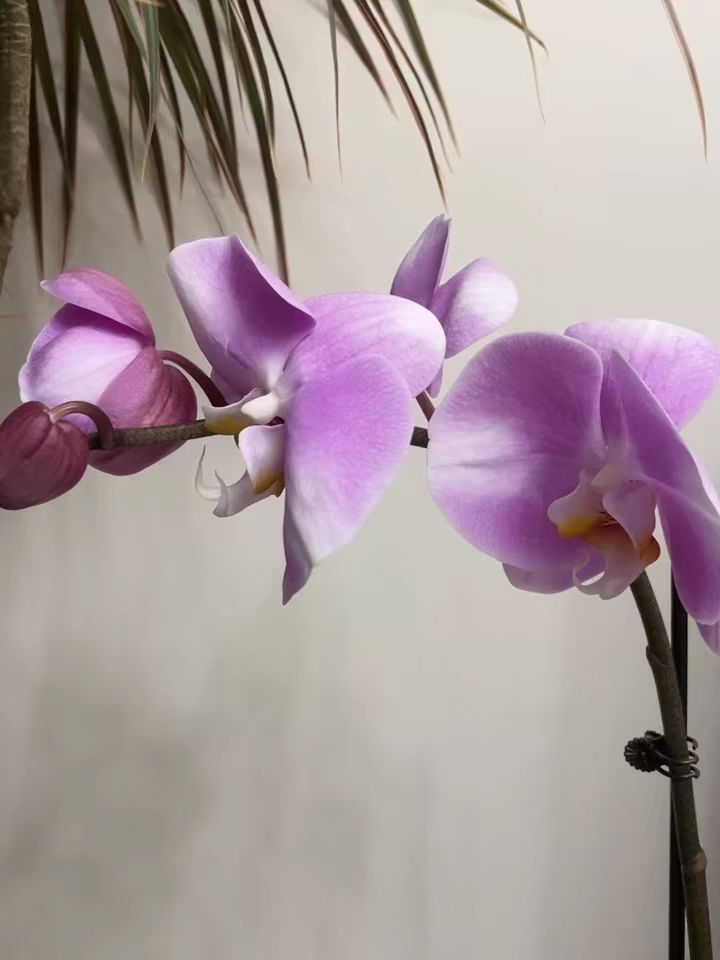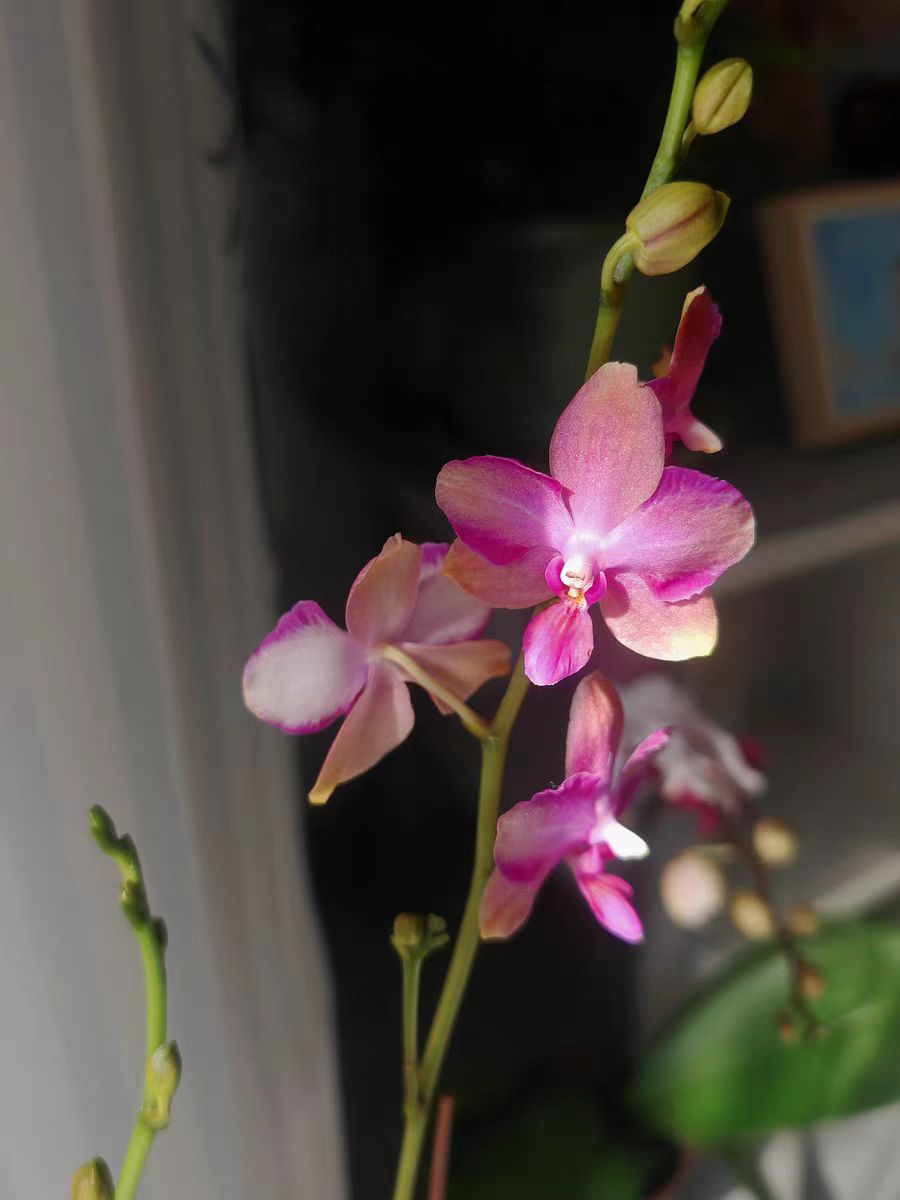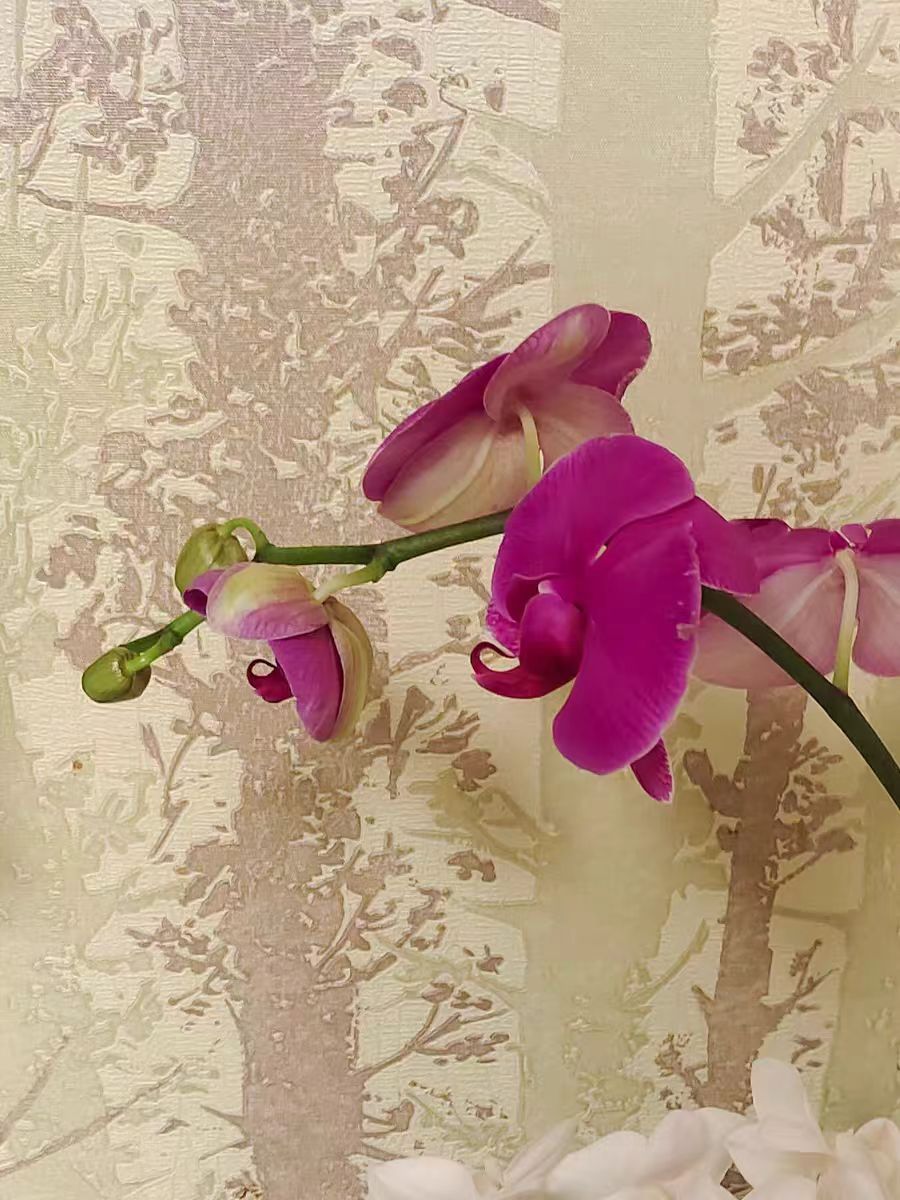Phalaenopsis, known as the noble of the flower world, there have always been different opinions regarding the choice of its cultivation container, especially whether it is necessary to use a root control pot.
The roots of Phalaenopsis are very sensitive, and they prefer to grow in an environment with good air permeability. Therefore, when choosing a pot, air permeability is an important consideration. Root control pots, with their unique design of ventilation holes, can indeed provide better air permeability to a certain extent. However, this does not mean that Phalaenopsis must be planted in a root control pot to grow well.
When the roots of Phalaenopsis have not filled the entire pot, caution should be exercised when using a root control pot. Because even fine holes may cause the roots to seek air permeability, and using a root control pot too early may limit root growth. Of course, in some special cases, such as when the roots turn black and rot or the sphagnum moss is too wet, it is beneficial to temporarily take the Phalaenopsis out of the pot to dry it and use a root control pot as a transition. In addition, during the flowering period of Phalaenopsis, the roots are in a semi-dormant state, and it is also acceptable to use a root control pot at this time. But generally speaking, a root control pot is not the only choice for the growth of Phalaenopsis, but one of the many optional pots.
Advantages of using a root control pot to grow Phalaenopsis:
Good air permeability: The ventilation hole design of the root control pot can effectively increase the air permeability of the soil, prevent waterlogging, and thus reduce the risk of root rot.
Guide root growth: The holes in the root control pot can guide the main roots to grow downward, avoiding the phenomenon of root curling, and making the roots of Phalaenopsis stronger.
High survival rate during transplantation: Due to its good air permeability and root guiding effect, Phalaenopsis planted in a root control pot usually has a higher survival rate during transplantation.
Disadvantages of using a root control pot to grow Phalaenopsis:
Fast water evaporation: The ventilation holes of the root control pot accelerate the evaporation of water, so more frequent watering is required. This may be a considerable burden for busy flower enthusiasts.
Fast nutrient loss: During the watering process, part of the soil and nutrients may be lost with the water, resulting in the need for Phalaenopsis to be fertilized more frequently to supplement nutrients.
Heat absorption in summer: The root control pot is prone to heat absorption in summer, causing the temperature inside the pot to be too high, which may not be conducive to the growth of Phalaenopsis. Therefore, when using a root control pot in summer, more attention should be paid to shading and cooling.
Inconvenient pot changing: The roots of Phalaenopsis grow rapidly, and the pot needs to be changed after one or two years. When using a root control pot, due to its hole design, the pot-changing process may be more cumbersome and time-consuming.
Although the root control pot has its unique advantages, it is not the only choice for the growth of Phalaenopsis. When choosing a pot, we need to comprehensively consider various factors such as the growth habits of Phalaenopsis, our own maintenance habits, and environmental conditions. Only in this way can we provide the best growth environment for Phalaenopsis.
Is it necessary to use a root control pot for Phalaenopsis?

Share with
Tagged in :




Leave a Reply